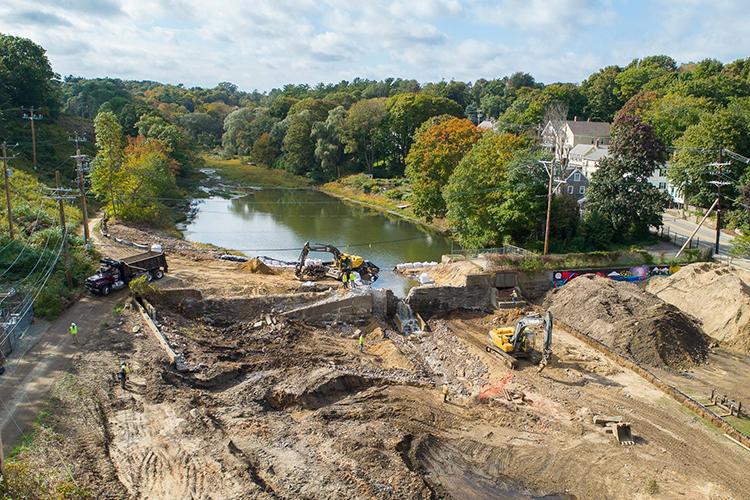Bipartisan Infrastructure Law summary: “Shall be for restoring fish passage by removing in-stream barriers and providing technical assistance pursuant to section 117 of the Magnuson-Stevens Fishery Conservation and Management Reauthorization Act of 2006 (16 U.S.C. 1891a), of which up to 15 percent shall be reserved for Indian Tribes or partnerships of Indian Tribes.”
NOAA’s Office of Habitat Conservation’s Restoration Center will implement the fish passage provision by providing technical assistance and funding through competitive grant processes over five years to restore fish passage through the removal of dams and other in-stream barriers to restore marine, estuarine, coastal, and Great Lakes ecosystem habitat. There will be two grant competitions held in 2022, one specifically focused on tribes.
This funding will support projects that reopen migratory pathways and restore access to healthy habitat for fish around the country. Not only will these projects assist in the recovery of endangered migratory fish and our nation’s fisheries, they also provide community and economic benefits, such as jobs and climate resilience.
The goal is to fund projects that eliminate in-stream barriers to restore fish passage while applying a watershed approach that addresses fish passage barriers throughout a waterway/ecosystem, and increases resilience to climate change by removing or improving outdated infrastructure.
Additionally, up to 15 percent of funds will be directed to Indian Tribes through a focused grant competition to address tribal priority restoration needs, including building capacity for planning and implementation
Funding
$400M over 5 years
Announcements
- Two Fish Passage Funding Opportunities Now Open, One Focused on Tribes
- Nearly $105 Million in Fish Passage Funding Recommended under Bipartisan Infrastructure Law, Including Significant Funding for Tribes (December 14, 2022)
- Restoring Fish Passage through Barrier Removal Grants (open through October 16, 2023)
- Restoring Tribal Priority Fish Passage through Barrier Removal Grants (open through November 8, 2023)


